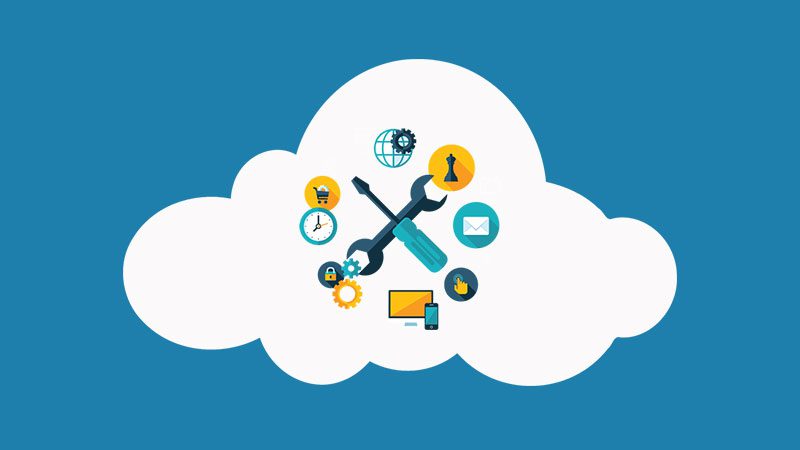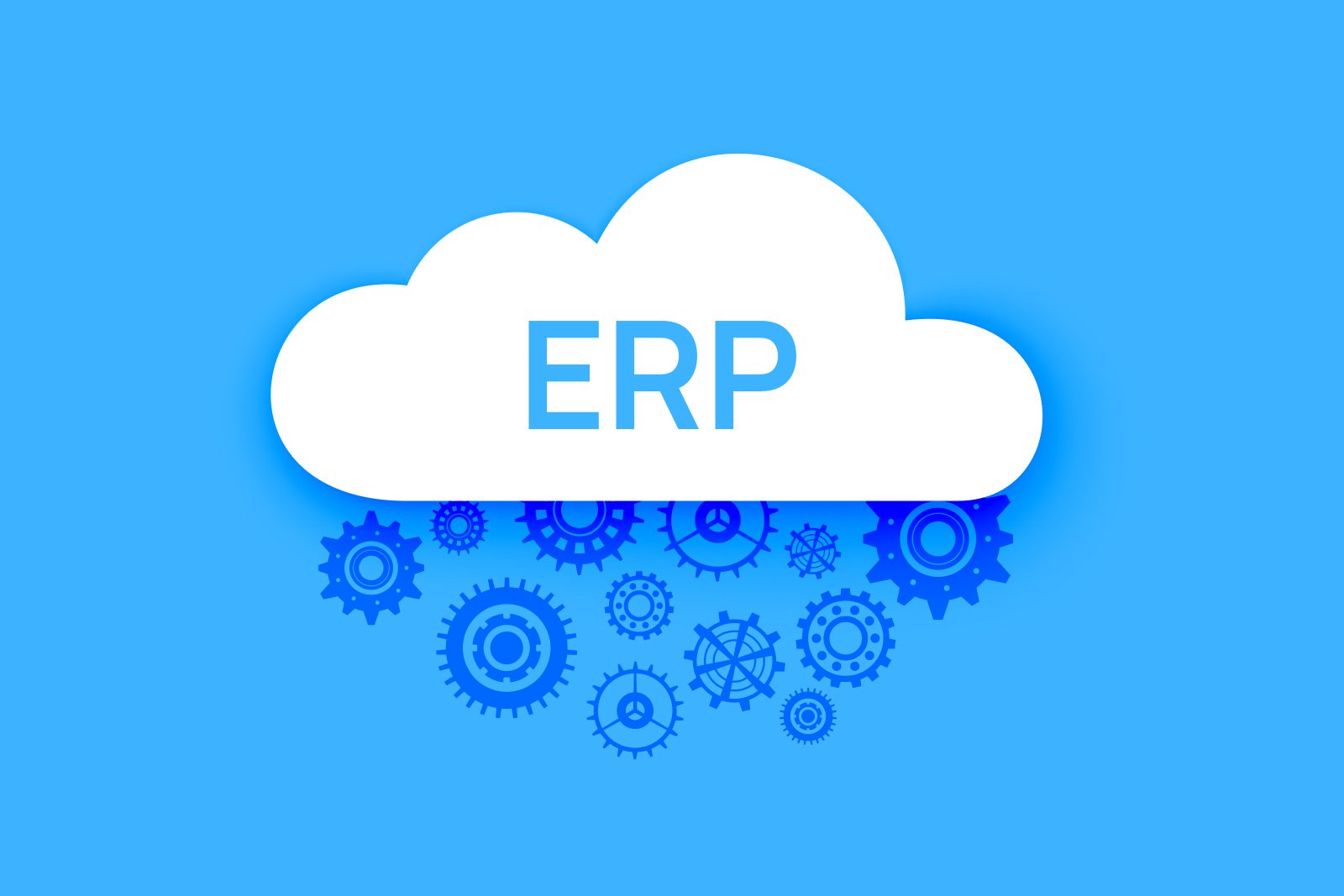Share
Read also

Mobility
Outlook for the BYOD and EM market from 2025 to 2035

Cloud
The Cloud CRM market will see impressive growth by 2033

Mobility
Key trends in Sales Force Automation

Trends & Views
ΑΙ and digital transformation
While businesses before could get by with a medley of applications, spreadsheets, and manual processes, with growth comes greater business complexity, which requires the robust orchestration of systems, processes, and people that ERP provides.
In today’s connected, always-online world, the cloud is the choice for growing businesses looking to deploy business systems and ERP systems.
The cloud is changing the long-standing logic that only large, leading businesses can fully benefit from an ERP system. It puts advanced ERP technology in the hands of both small and large companies without the need for significant upfront or ongoing costs. For growing companies, it means that they can access the same capabilities as their larger competitors, out of the box and at a reasonable cost, enabling them to compete better in their industry.
With Cloud ERP, businesses are allowed to take alternative paths as they evolve along the way. In particular, they do not have to worry about having everything integrated into their ERP from the start. They do not need to know what they will need in the future as they evolve, develop, and transform to reflect economic realities and opportunities. Instead, they can start with what meets their needs today and add new features when needed, often at the touch of a button.
Companies planning to internationalize in the future will benefit most from this aspect. Cloud ERP offers localization tools that make it easy to expand to new countries with different languages, currencies, requirements, and regulations – and the system adapts as these requirements change.
These days, we are seeing more and more businesses that want to switch from selling products to selling subscriptions or an as-a-service model also benefit greatly from the flexibility of Cloud ERP. With Cloud ERP, businesses have access to pre-built, standardized processes for these scenarios. The functionality is not stable. It expands according to your needs.
The pace of innovation is increasing and will continue to do so. All we have to do is look at how quickly generative AI has become a viable and almost indispensable tool for businesses.
Not so long ago, updating on-premises software and taking advantage of new innovations required months or years. Cloud-based innovations, on the other hand, can be adopted in days or hours, increasing the speed at which businesses can test and leverage their capabilities.







